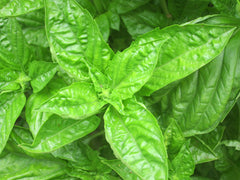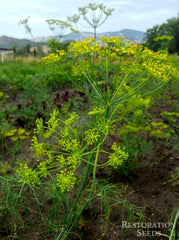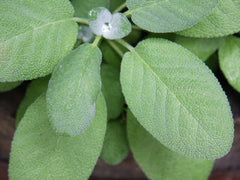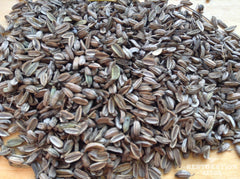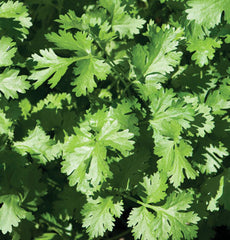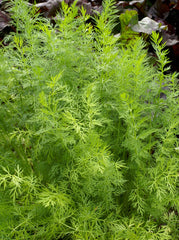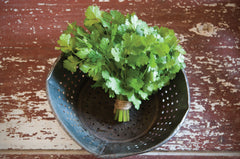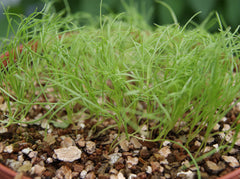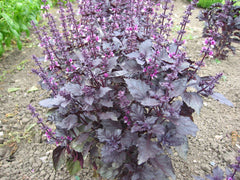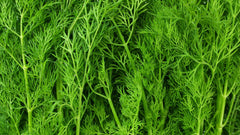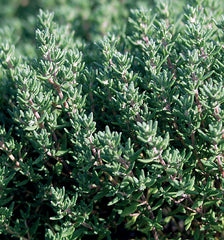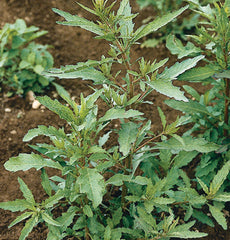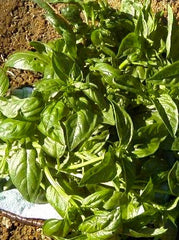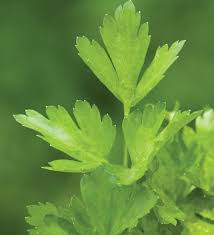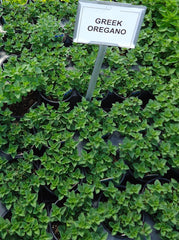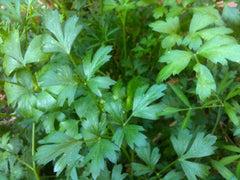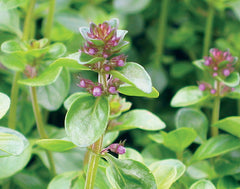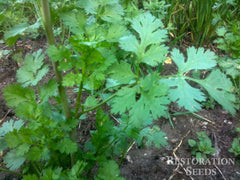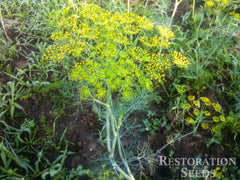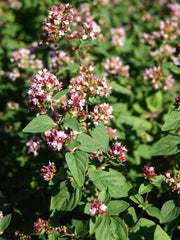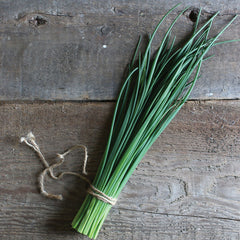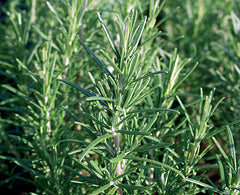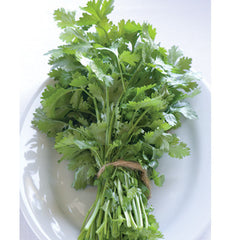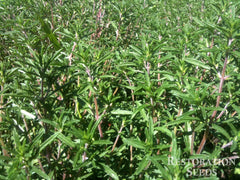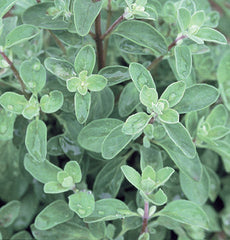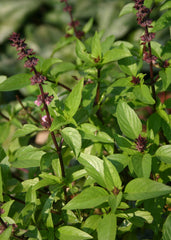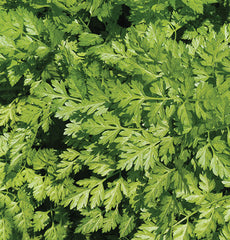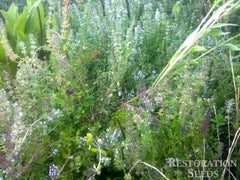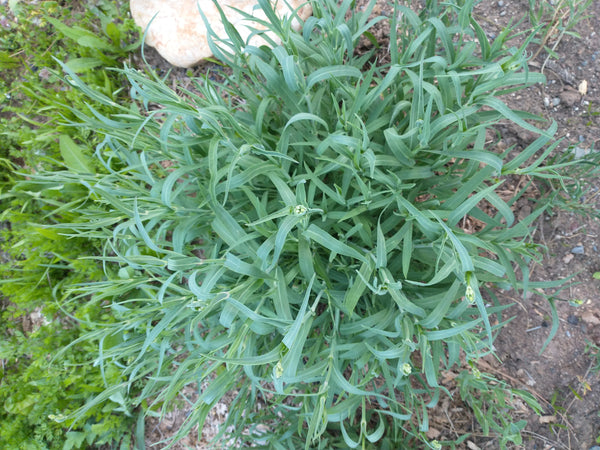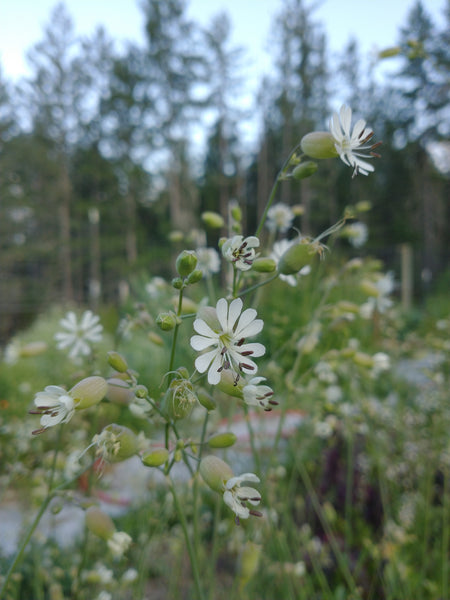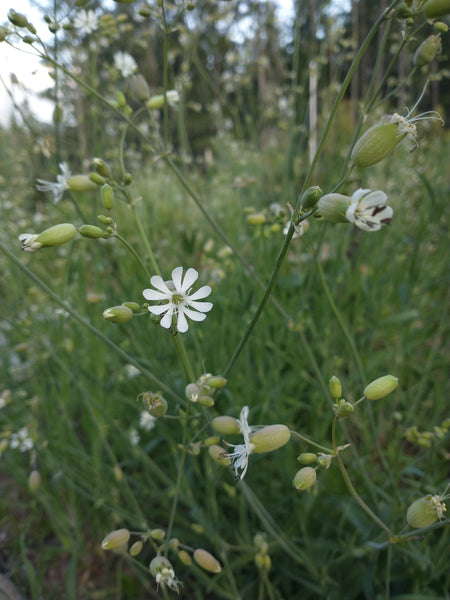Sculpit
Silene inflata
HOW TO GROW SCULPIT
Very easy to grow from seed! Start in the greenhouse in early spring, and pot up for planting, or direct sow in the garden beds in late spring to early summer. Hardiness zones 7-10. Perennial.
Planting Depth 1/8"
Plant Spacing 12”
Row Spacing 12”
Days To Maturity 60-100
Full Sun, Moist Well Drained Soil
Planting Depth 1/8"
Plant Spacing 12”
Row Spacing 12”
Days To Maturity 60-100
Full Sun, Moist Well Drained Soil
- 100 Seeds$3.90
Sculpit leaves are one of the first fresh eating greens to arrive in our garden, at about 60 days after planting, before lettuce is ready to harvest. The skinny leaves are delicious raw, with somewhat of a spinach flavor and are enjoyable in salads or cooked. You can use Sculpit leaves in place of spinach in any rec...
Sculpit leaves are one of the first fresh eating greens to arrive in our garden, at about 60 days after planting, before lettuce is ready to harvest. The skinny leaves are delicious raw, with somewhat of a spinach flavor and are enjoyable in salads or cooked. You can use Sculpit leaves in place of spinach in any recipe.As a traditional Italian herb Sculpit (Strilodo in Italian) leaves are often enjoyed in risottos, polenta, pasta and more. With their delicate flavor, they are quite versatile and will add nutrition to any meal, but will shine in dishes with gentle flavors or textures.Sculpit will flower in its first season grown from seed, at about 100 days. This low growing graceful plant has the most whimsical flowers that look like little bonnets. They are beautiful in the garden and a nice addition to cut flower arrangements. The flowers give way to beautiful tear drop shaped seed pods that can be used in dried arrangements.Sculpit can be grown as a perennial in zones 7+, or as an annual in colder zones with great results either way. After flowering, it will likely re-seed and volunteer in your garden.For such a gentle plant, Sculpit does surprisingly well in hot weather, which perhaps is not so surprising given its Mediterranean origin! As a perennial, I was also surprised that Sculpit can hold a garden border well, with regards to weeds and grass. After it grows upright and flowers it tends to flop over and shade out the soil around its base. Nonetheless, Sculpit is not aggressive and plays well with other plants in your garden and grows especially well bordering pathways and larger perennials. Tags: Harvest: Early, Heritage: Heirloom, Season: Spring Summer Fall.
Originally from Italy. “Strilodo” in Italian.
Originally from Italy. “Strilodo” in Italian.
Learn More
Meet Your Farmer
We promote fair trade, organic practices and environmental responsibility throughout the Restoration Seeds supply chain. Below are the family farmers and seed suppliers who bring our open pollinated seeds to you.
Idyllwild
Conventional
Seed grower since 2018
![]()
Idyllwild was born of our joyful curiosity and celebration of nature’s diverse gifts. Following nature’s model of open dispersal and dissemination, we share these seeds with you and invite you to play in the garden of abundance. We learn from nature and she has taught us to live and think in terms of “abundance” instead of “scarcity”. Diversity - in all forms, from genetic to creative expression - is the heart of resilience. We enjoy experimenting with myriads of flavors, colors, and textures and the world opens to us in infinite possibilities. As a result, we are nourished in body, mind, and spirit.
Reviews
